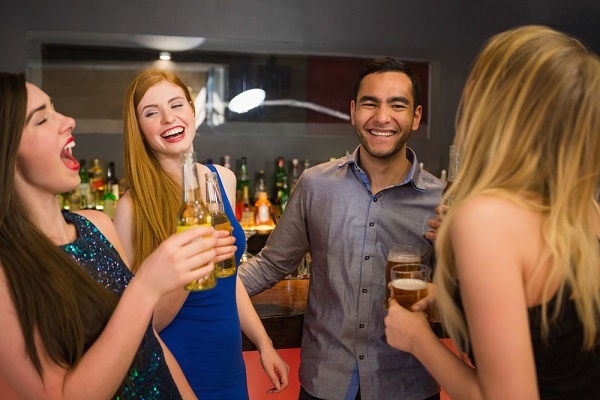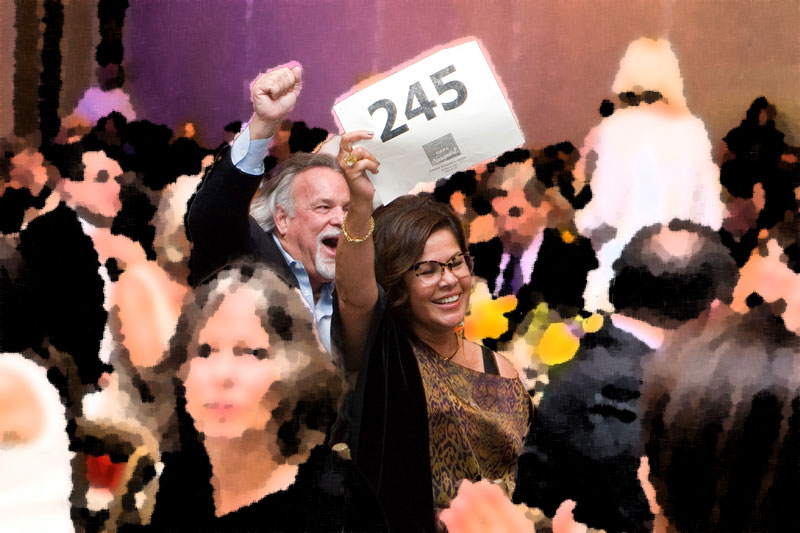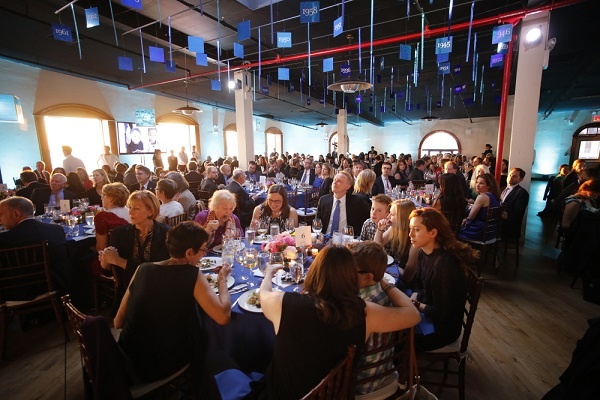Whether it’s your first gala or your tenth – whether you’ve prepared for one year or one month – on the night of your fundraising event, you never know quite what’s going to happen.
There’s a lot of shifting dynamics from the moment the doors open until the last guest leaves.
So it’s imperative to have someone experienced with a birds’ eye view leading the way – and the most important person in the room that night will be the fundraising auctioneer.
Unlike amateur emcees or other types of auctioneers, benefit auctioneers are highly trained and have special expertise to extract the most money from the room possible.
“A good benefit auctioneer eats, sleeps and breathes fundraising auctions,” explains Scott Robertson, certified benefit auctioneer specialist from Naples, FL. “We make it our practice to study events, timelines, human psychology, all the things necessary to make one particular event a success.”
With an estimated 90 percent of benefit auctioneers providing pre-event consultation, more and more nonprofits have discovered event fundraising knowledge is power – power that puts more money into your charity’s pocket.
Read on for Robertson’s tried-and-true techniques for maximizing live and silent auction revenue, then listen to the entire 40-minute Events with Benefits podcast episode embedded at the end of this post.
1. Control the “Show Flow”
“You want to treat your fundraising event like a show, or a finely tuned production,” explains Robertson. “This means deliberately orchestrating the flow of the night. You’re in control of the highs and lows of energy throughout the event.”
It’s very common for nonprofits to wait too long into the event before they start trying to gather money. The later it is into the night, people get tired, unmotivated, and ultimately unwilling to give as much as they would have had the ask been made earlier, when energy levels were higher.
Here’s how you can extract more donations from beginning to end.
Welcoming Guests
The first order of business should be making guests feel welcome.
Allot 15 minutes from your start time for guests to arrive, go through parking, get comfortable with their surroundings and greet friends. This is also a great time for board members to be out socializing, explaining their connection to the cause and greeting guests as they come through the door.

“We don’t want guests to have a drink in their hand solely because they’re consuming alcohol. That’s just part of creating a fun and relaxed atmosphere. The real reason is to help guests feel like they’re truly at the event, not still getting there.”
With a drink in hand, guests have physically and mentally arrived. They’re ready for an exciting night ahead. Only then should guests be expected to visit the silent auction.
2. Close the Silent Auction On Time
Is it better to close the silent auction before dinner service, or keep it open and close towards the end of the night?
There’s two schools of thought on this very common question…
Option 1: Close before dinner begins
Robertson advises his clients to close a pen-and-paper silent auction is about an hour to 90 minutes after the cocktail reception has begun. (If using electronic bidding, you can leave the silent auction open until after the live auction ends.) Here’s why.
First, people haven’t left the area yet, so you don’t need to corral anyone’s attention back to the silent auction items.
Closing early also helps create a bidding frenzy, adds momentum, and gets people into the giving spirit going into the live auction.
“I’ve always found that silent auction bidders need a deadline, not more time,” Robertson asserts.
Finally, the earlier the silent auction closes, the more time volunteers have to input bidder data into the computer system, gather items and have them ready for expedient checkout.
{{cta(‘ace6904c-d5a9-4f23-afcc-36e09cf0f71e’,’justifycenter’)}}
Option 2: Close after the live auction
“In my experience, leaving the silent auction open until after the live auction makes more money for the nonprofit,” says Danny Hooper, benefit auctioneer specialist in Alberta, Canada.
Why? People tend to arrive late and bid later. In his market, keeping bidding open until everyone has had the chance to look at the items drives up bidding overall. (Just be sure not to close the silent auction during the live auction, which greatly disrupts momentum in the live.)
Bottom line: Whichever method you choose, plan a firm silent auction close time and stick to what’s advertised. Pushing back the time in hopes of getting more bids, doesn’t pan out and only drains your guests further. For more on closing your silent auction like a pro, see:
{{cta(‘637a7a3d-6d30-4fe0-9be2-d2d0a049703b’,’justifycenter’)}}
3. Start the Live Auction with All Eyes on the Auctioneer
When is the ideal time to begin the live auction: before, during or after dinner?
It depends on how many items you have.
If you only have a few items to sell – say, 3 items and a special appeal – try having the live auction between the salad/appetizer course and main course (as long as there’s some protein on the salad to keep guests satiated). Doing it before the main course can be beneficial because guests still have plenty of energy.
However we typically recommend live auctions have anywhere from 8 to 12 items, and then you would want to start the live auction during dinner.
The room suddenly gets quiet when the food is on the table.
“When people are seated and eating, there’s a whole lot less table chatter and whole lot more attention paid to the auctioneer,” Hooper says. “There’s no time to jump up and check on the silent auction or socialize with other tables.”
That undivided attention is critical for generating the highest bids possible per item.
One good rule of thumb is starting the live auction 2 minutes after the last entree touches the table.
Donors appreciate that because it’s a more efficient use of their time. They can multitask with the food and still be engaged. And the 80 percent of your guests that aren’t going to bid in the live auction now have something to do: enjoy their meal.
This week on Events with Benefits: Auction Timeline Tips with Scott Robertson
Today’s post was just a taste of the information provided by Scott Robertson, benefit auctioneer specialist, in the latest episode of our event fundraising podcast Events with Benefits. In the full episode, Robertson offers invaluable tips to streamline your auction timeline and maximize revenue for your cause, including …
- Why hire a professional fundraising auctioneer
- How to control the auciton timeline, or “show flow”
- Tips to close the silent auction
- The ideal time to begin a live auction
- How to pull off a successful fund-a-need
- The best way to sequence live auction items…and more!
Hit play below to listen to the 40-minute podcast free (or click here to visit the full site).
If you like what you heard, log onto your iTunes or Podcast app on your smartphone to subscribe and review.
{{cta(‘1a1cf4d1-a3b1-4e4c-8687-8512e667053f’,’justifycenter’)}}



